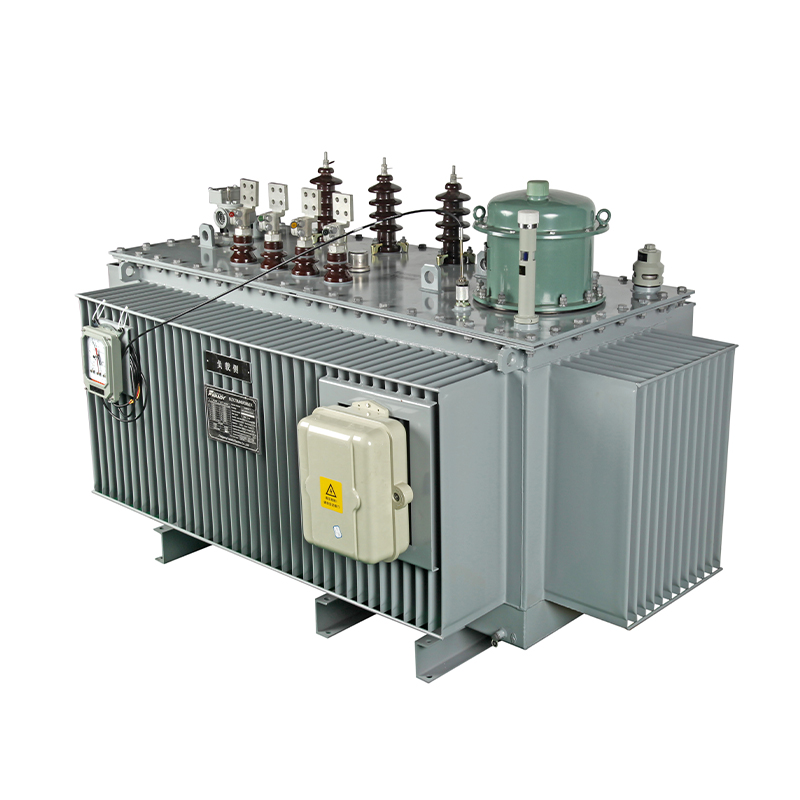Selection principles and suggestions for stepper voltage regulators

Selection principles and suggestions for stepper voltage regulators
A stepper voltage regulator, also known as a stepper motor electric voltage regulator, is an important power electronic device used to control the speed of a stepper motor by adjusting the voltage, achieving precise positioning and control. When choosing a stepper voltage regulator, the following principles and recommendations should be followed:
1、 Clarify requirements and load characteristics
1. Determine the load type: Understand whether the load is an inertial load or a frictional load, as well as the size and range of the load variation.
2. Calculate the required torque: Calculate the maximum torque required based on the load characteristics to ensure that the stepper motor can drive the load.
3. Determine the speed range: Clarify the maximum operating speed and starting speed of the stepper motor in order to select the appropriate voltage regulator.
2、 Choose a suitable stepper motor
1. Select the appropriate stepper motor model and specifications based on the required torque and speed range.
2. Consider the step angle of the motor: The step angle should meet the positioning accuracy requirements of the load.
3. Prioritize hybrid stepper motors: Hybrid stepper motors have better performance than reactive stepper motors, with higher torque and lower vibration.
3、 Match suitable voltage regulators
1. Output power matching: The output power of the voltage regulator should match the power demand of the stepper motor.
2. Control mode selection: Choose appropriate control modes such as analog control and digital control according to actual needs.
3. Stability and accuracy: Choose a voltage regulator with good stability and high accuracy to ensure the stable operation and precise positioning of the stepper motor.
4. Optimal selection of segmented drivers: Segmented drivers can improve the smoothness and positioning accuracy of stepper motors, and it is recommended to choose them first.
4、 Consider practical application scenarios
1. Environmental adaptability: Ensure that the voltage regulator can adapt to the environmental conditions of actual application scenarios, such as temperature, humidity, vibration, etc.
2. Installation and size: Consider the installation method and size of the voltage regulator for integration with existing systems or equipment.
3. Maintenance and reliability: Choose voltage regulators that are easy to maintain and highly reliable to reduce maintenance costs and improve system stability in the later stages.
In summary, the selection of a stepper voltage regulator should comprehensively consider factors such as load characteristics, stepper motor requirements, voltage regulator performance, and practical application scenarios. Through scientific and rational selection, precise control and smooth operation of stepper motors can be ensured, thereby improving the performance and reliability of the entire system.
Relate Products
Relatenews
- Step Voltage Regulators: Key Specifications to Know 2025-09-05 15:31:00
- The Future of Step Voltage Regulators in Smart Grids 2025-08-25 08:16:00
- Efficiency Metrics for Step Voltage Regulators 2025-07-19 08:45:00
- Step Voltage Regulators: Addressing Voltage Flicker in Welding Operations 2025-07-08 17:49:00
- Application and Challenges of step voltage regulator in Ocean Engineering 2024-12-26 15:41:41
- Seismic performance evaluation and reinforcement suggestions for step voltage regulator 2024-12-26 15:41:39
- Compact Design and Space Optimization Scheme of step voltage regulator 2024-12-26 15:41:38
- Discussion on the Integration of Intelligent Manufacturing and Industrial Internet of Step by step voltage regulator 2024-12-26 15:41:37





